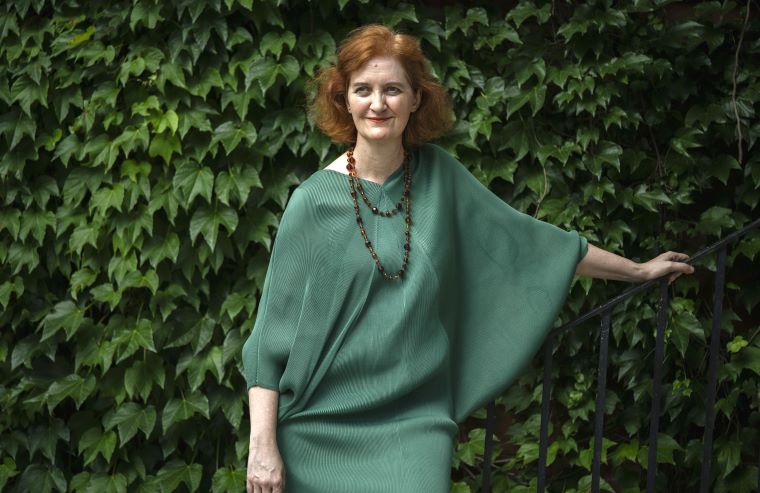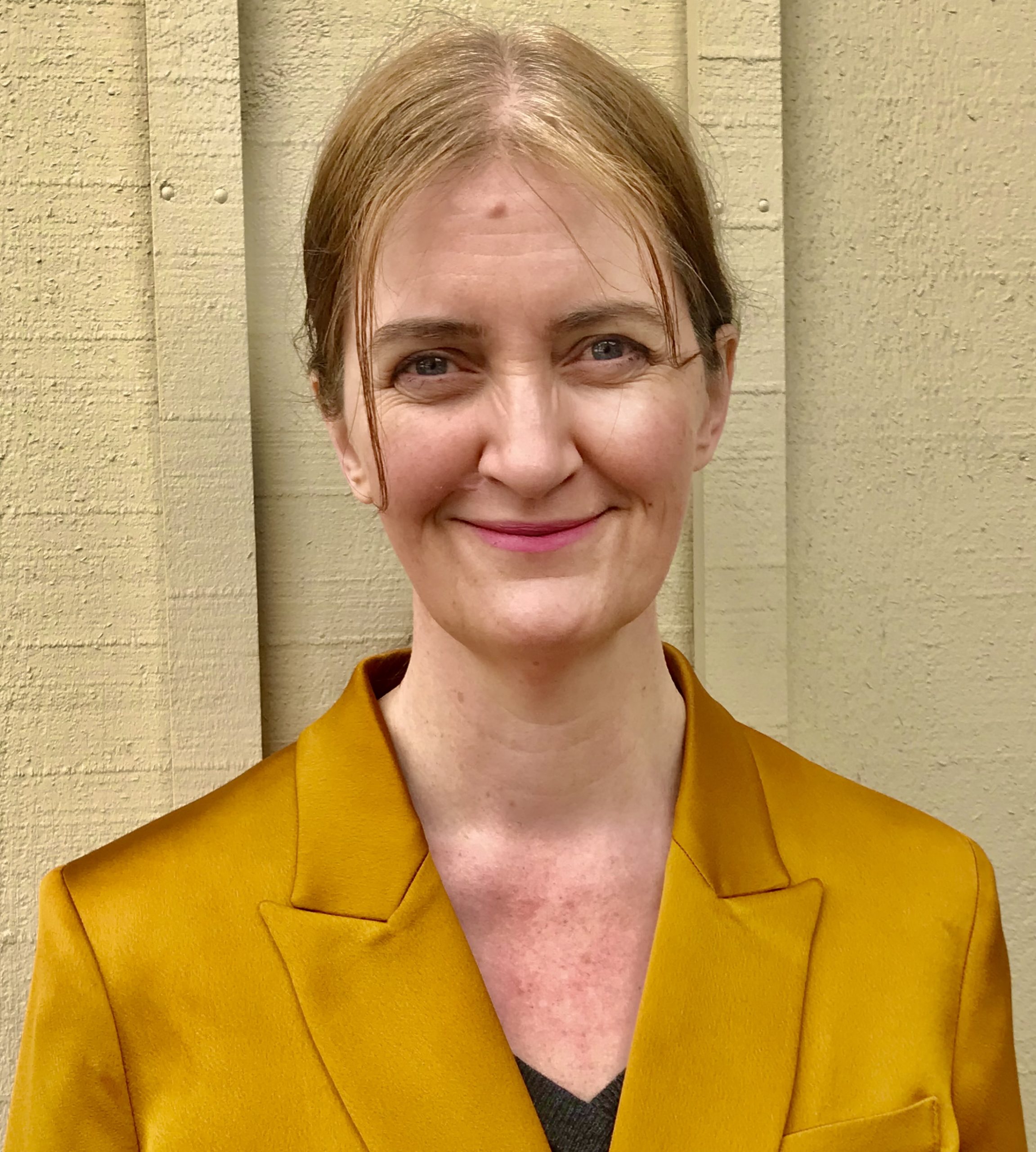
Award-winning Irish-Canadian author Emma Donoghue’s latest literary effort is the forbidden love story, Learned by Heart. Read more here;
The last time we checked in with you would have been when The Wonder was first published. How have things been since then?
Oh, superb! With The Wonder there was a very satisfying trajectory of having the book come out, and then working on the film, and then having the film released. When you are in the book world, you tend to think the “book world” is everything. But whenever you have a film, you realize that there are so many people who don’t even look at book and that it is all about the film. You get to reach an entirely new group of people, but with the same story.
Impressively, Netflix and Florence Pugh are behind your recent productions. How has the experience played out for you?
Films are not easy to make – so many of them don’t even make it to an actual screen. Most of my projects have never made it to the big screen. So, when one finally does, it improves prospects for all one’s books as well. It gets one’s name out there. The films help the books and vice versa.
Your writing is widely admired and recognized for its variety. Titles range from The Wonder and Room, to Kissing the Witch. Can you explain the delightfully wide spectrum of characters and storylines?
Ha! I know what you mean. I am not sure that if you put all my friends together in a convention center that they would necessarily have that much in common. I like really plunging into a different world every time, one that smells different and has a different flavor.
What was it that first got you interested in writing, or plunging into these different worlds?
I was a big reader as a child. My dad was a literary critic, and my mom was an English teacher, so they just revered books. I also had a very helpful babysitter. I was really young, maybe three or four, and this babysitter born in Ireland who we call a ‘spoiled’ priest, because he had dropped out of the seminary, read me the entire Narnia cycle. Everyone read the Narnia books, but there was something about having someone read me the full set of books consecutively, making it this very long form narrative.
 Do you still enjoy storytelling for those same reasons?
Do you still enjoy storytelling for those same reasons?
Same reasons, I would say. Like many authors, I began with material I knew from experience, In my case, however, I ran out of that very quickly. But I realized these don’t have to be my own stories – they can be universal stories. With my first historical novel I realized that I particularly enjoy the thrill of immersing myself in a new time and place.
You do such an interesting job of finding and conveying elements that could be a footnote in history and bringing them back to life for readers. What is your process for choosing these historical characters?
I come across scores of them. People write to me and say, “Oh, my aunt was in the workhouse, and she was interesting.” Nine out of 10 of these people I come across aren’t right for me. Their stories may be too clear already, or maybe a biography has handled the matter perfectly. Perhaps it is just all too one-note. I need there to be some kind of twist.
Your new book, Learned by Heart, is another example of your compelling characters with Anne Lister and Eliza Raine. What compelled you to write this story now?
I began by doing a play about Anne Lister 30 years ago now – when she was in her 20s and jumping in with all these different girlfriends. I was always intrigued by how she began. I knew she fell in love with this one girl at boarding school. I was always deeply intrigued by this love affair at school. They totally lit up each other’s lives when they met and when they fell in love. I always thought that people would rush to write about this, so I waited. Eventually I thought that I would have a go myself, and this is my particular version of their story.
What was the most interesting thing you learned during the process of writing Learned by Heart ?
One interesting thing is Elisa’s social life. You can tell by the letters, or when people mention her, or even just by having enrolled at this boarding school, that she comes across as high-status. She’s got fortune in the bank. She may be an orphan, but so are plenty of other girls. And nobody’s saying a word about the color of her skin. She referred to herself once as a “young lady of colour” – that’s not a modern phrase; that is her phrase. But that is only once in the entire record. And then there is a moment when she gets in a quarrel, and suddenly, you get this little rash of letters vilifying her in the most racist language. I thought, “Did everyone have all this racist hostility that they were just keeping under the surface and being polite about until the moment when Eliza first put a foot wrong?” It made me think about what we now call micro-aggressions. I kept thinking about Eliza walking the streets of New York beautifully dressed, but hers is the only brown face.
Was there a lot of research involved?
There was. It had to be very communal. There was only a handful of people working on each aspect. The code breaking group alone decoded over 100 letters. I literally couldn’t have done this project without them.
 What has the response been like from some of the early readers?
What has the response been like from some of the early readers?
It seems to be touching people very strongly. People are responding to the love story, for which I am glad. I don’t want it to be read as just a biographical novel. What I really want is for people to care about the characters.
What is next on your creative agenda?
I am currently at work on a few ongoing theater projects, and – of course – writing the next novel!




















Leave a Comment